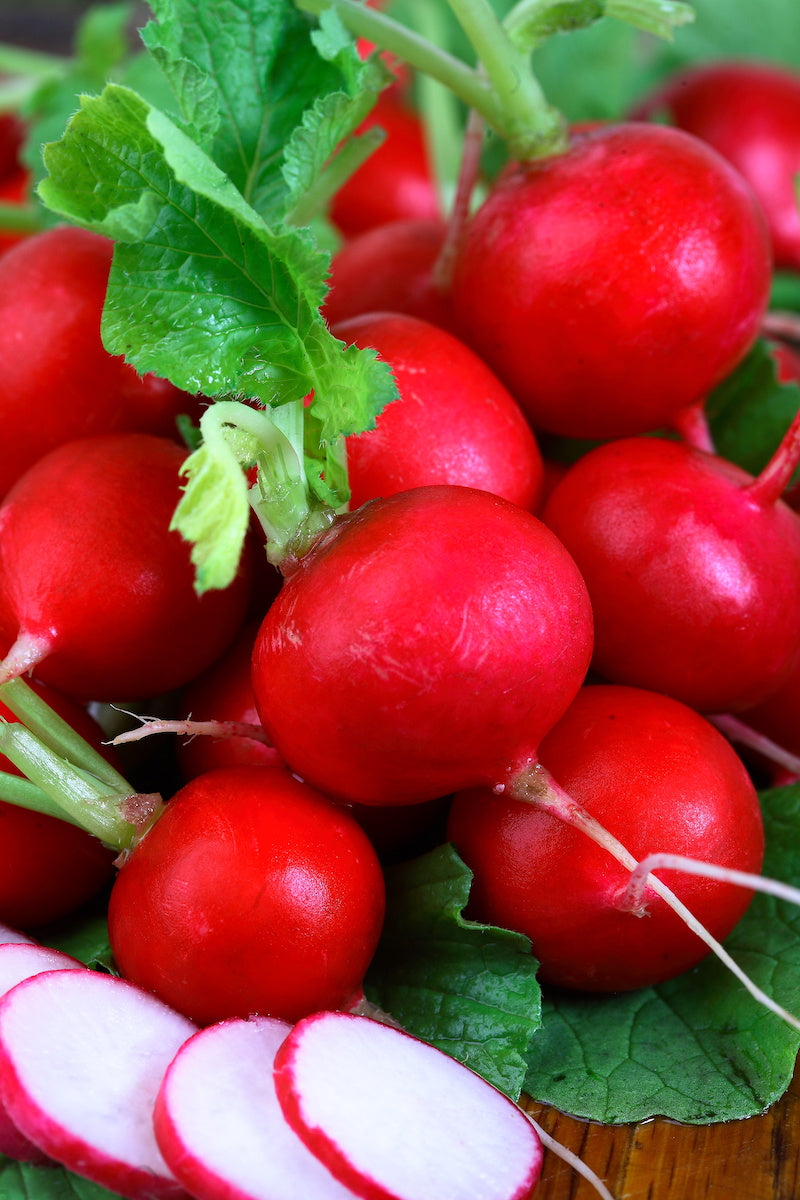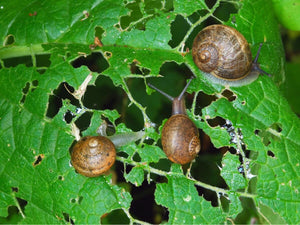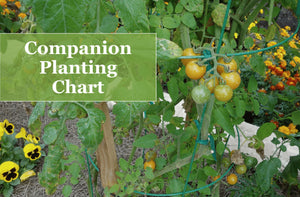Quick and Easy Instructions for How to Grow Radishes at Home
RadishWhen is it time to plant radishes? As soon as the ground thaws in the spring!
Radishes are a fun vegetable for spring planting because they are quickly rewarding. Radishes are also a great plant to get kids interested in gardening. They will be amazed at the little leaves sprouting out of the ground in just a few days. Within 25 days, you’ll have spicy radishes to eat.

How to grow radishes from seed
Growing radishes from seeds is simple and easy to do. Radish seeds can be sown directly into the garden as soon as the soil can be worked.
Plant radishes in spring and fall. Radishes grow best when planted in the cooler temperatures of spring or fall. The extended days of hot summer temperatures can result in bitter or woody radishes.
Direct sow radish seeds. 4 to 6 weeks before the last spring frost, sow radish seeds outdoors in a sunny spot with loose, well-drained soil.
Plant radish seeds in friable soil. Like other root crops, radishes need soil that is easily crumbled so that they can grow well-shaped roots. The roots will split when the soil is too hard or full of hard materials. (Daikon radishes can drill through hard dirt and break up compacted soil, but plant seeds in loose soil if you want nicely shaped radishes to eat.)
Succession plant. Unless you eat a large amount of radishes every day, plan to spread out your harvest. Plant just a few seeds every ten days. You can keep planting radish seeds every ten days until the weather gets too hot. Usually, when the days are consistently 75º or higher, radishes will bolt and go to seed. You can start planting radishes again in the fall when temperatures start dropping.
Planting depth. Plant radish seeds ¼” deep and 1 to 4 inches apart.
Keep the seeds moist. Seeds will start sprouting in 6 to 10 days.
Fertilizer is not necessary for radishes. They grow so quickly that radishes don’t need extra applications of fertilizer, but they do grow better in rich soil with plenty of potassium and phosphorus.
Add ashes. Wood ashes are a natural way to add more potassium and phosphorus to your soil. Adding wood ash will also keep out root maggots. So take the ashes from your fireplace or outdoor fire pit and add them to your garden.
Water quantity determines radish quality. No one likes pithy or hollow radishes. Keeping the soil consistently moist will prevent disappointment. Consistent water will also improve the flavor.
Radishes can be grown in containers. When planting radishes in containers, the same growing tips apply. Make sure the soil doesn’t dry out, and give them sufficient lighting.
Plant radishes in full sun. Even though radishes grow underground, the leaves need full sun for healthy root development.

Radish companion planting
Radishes are a magnet for flea beetles. But even if the beetles eat the leaves, the radishes grow fine beneath the soil. Because of this, radishes make the perfect companion plant for eggplant, peppers, cucumber, and other crops.
Interplanting with radishes
Radishes can be planted in a variety of garden spots. Where other plants will take longer to reach maturity, radishes can be planted and harvested before the other plants even know they are there.

Harvesting radishes
Radishes are ready to start harvesting for most varieties when they are around 1 inch across. If you wait too long to pull your radishes out of the ground, they will get tough and woody. Once harvested, radishes will keep in the fridge in a plastic bag for 1 to 2 weeks.
Radish Varieties
The best part about growing your own radishes is trying the different heirloom varieties. With names like French Breakfast, Watermelon, China Rose, Easter egg, and more, you’ll have to try growing more than one radish variety.
Champion Radish
The traditional large cherry bell-shaped radish is the Champion Radish. Champion is known for its high yields and bright red color with mild, white flesh. It is a popular heirloom variety for home and market gardens for its reliable, crisp, and delicious flavor.
Japanese Minowase Daikon Radish
The giant white roots of Japanese Minowase Daikon Radish have a sweet, mild flavor and crispy texture. Japanese Minowase Daikon can grow up to 24" long and still retain a mild taste. This heirloom variety is heat tolerant and can also be grown in a fall garden to harvest in the winter. Japanese Daikon is also an excellent cover crop and food source for various animals such as deer, cattle, rabbits, and chickens.
Cherry Belle
If you’re looking for an exceptionally fast radish to grow, try Cherry Belle. It sprouts in only 5 to 7 days! This heirloom radish is frost-tolerant with a mild flavor and crisp texture. Cherry Belle is an excellent choice for both beginner and experienced gardeners.
China Rose
This unique winter radish produces long, tapering roots. China Rose radishes have pretty rosy pink skins and crisp, white flesh. It has a distinctive peppery taste that adds flavor to any dish. This easy-to-grow variety matures quickly.
Easter Egg Mix
This delightful mix of crunchy radishes comes in cheerful rainbow shades of rosy pink, white, and purple. Easter Egg radishes are perfectly round with mild white flesh and healthy foliage. With as few as 25 days from sowing to harvest, this vegetable is a great choice for children to plant and grow or when you'd like a quick harvest.
French Breakfast
French Breakfast Radishes are a small to medium-sized variety of red, oval radishes with lovely white tips. They are fast-growing, typically maturing in 20 to 30 days, and can be sown year-round. The flesh is white and crisp with a mild, earthy and peppery flavor. In addition to the roots, the leafy green tops are edible and have a crisp texture and slightly peppery taste.
Watermelon Radish
This heirloom Daikon radish has a fun surprise inside. The white exterior hides a reddish interior. When Watermelon Radishes are sliced, they look like a little slice of watermelon with a green and white edge around a rosy center.
Radishes are lovely in vegetable platters and fresh salads, or they can also add a delightful crunch to tacos and sandwiches. Try adding radishes to stir-fries and casseroles, incorporated into soups, or pickled as a tangy condiment. The spicy flavor of radishes adds a welcome kick to salads and salsas. However, when sautéed or roasted, the radish flavor is significantly more mellow.
Even if you don’t have the rest of your garden planned out, you can get started with radishes while you plot out the rest of your space. Soon you’ll have little sprouts, and the energizing momentum will get you excited about planting the next crop.
Written by Beverly Laudie









Thanks for the info on the radishes i’m growing some seeds right now, this is my first time growing them appriciate it
Leave a comment